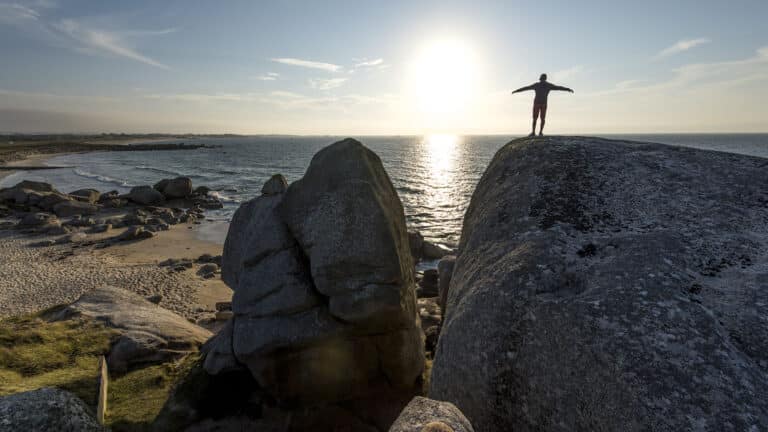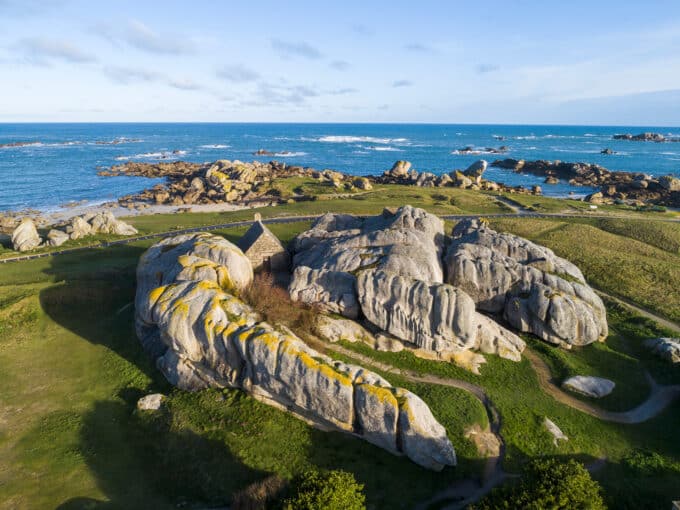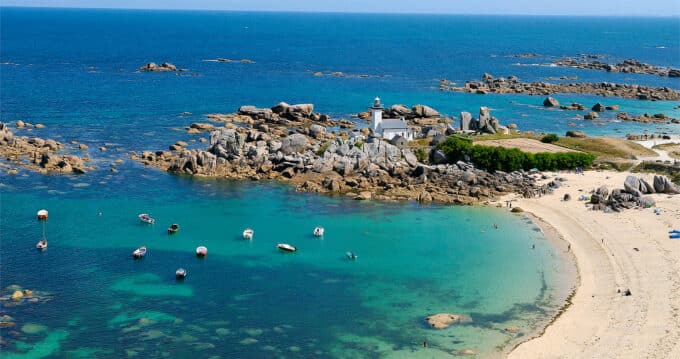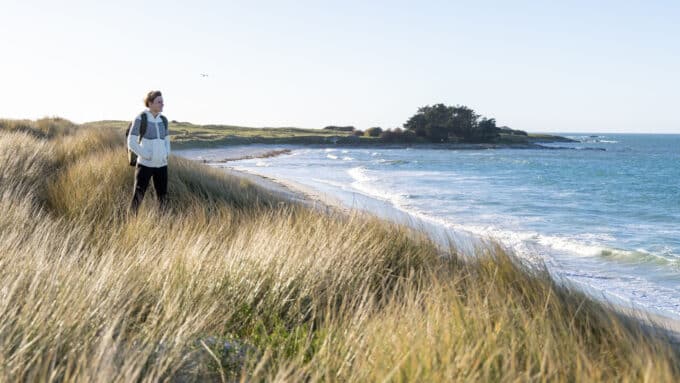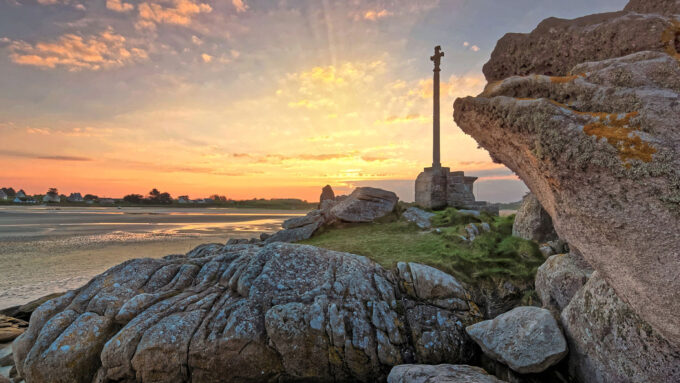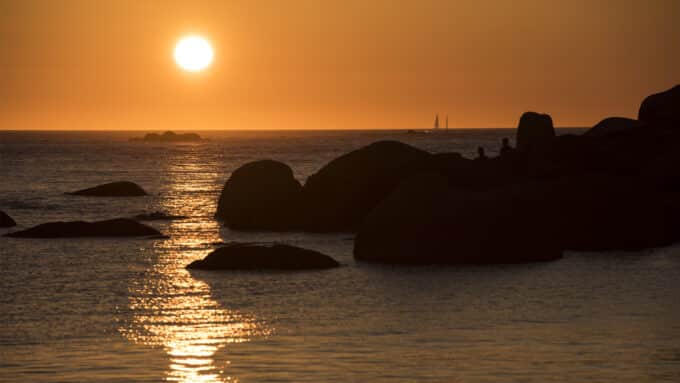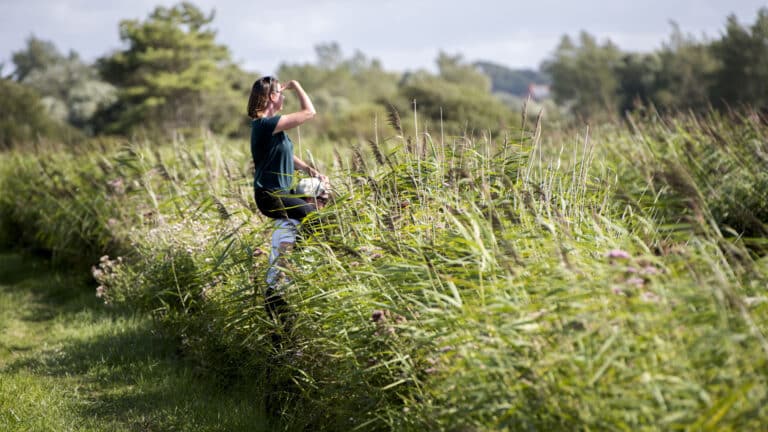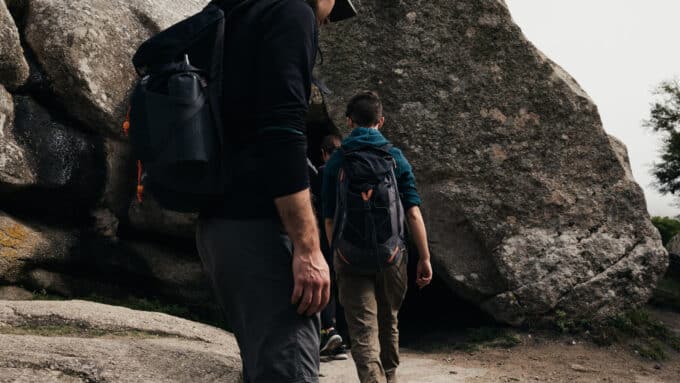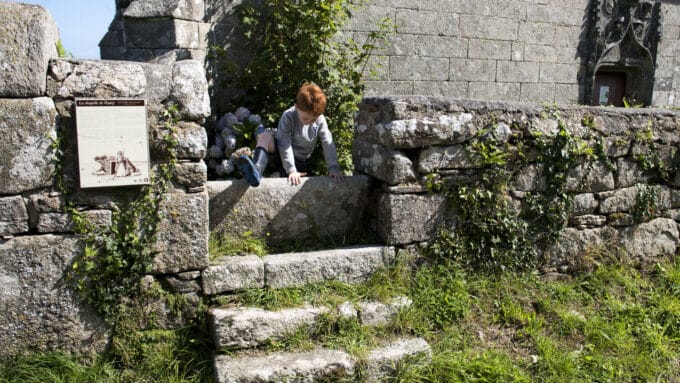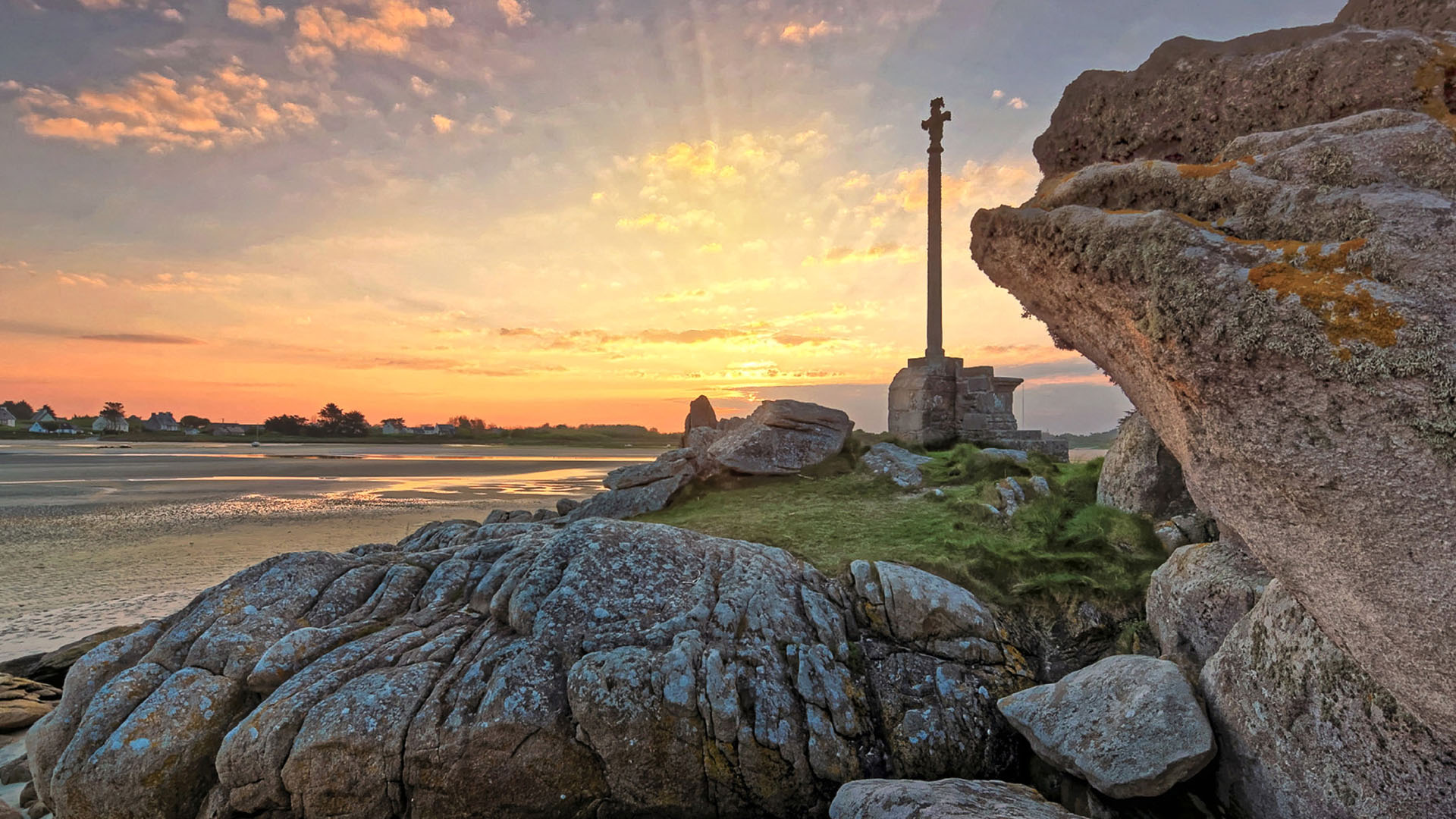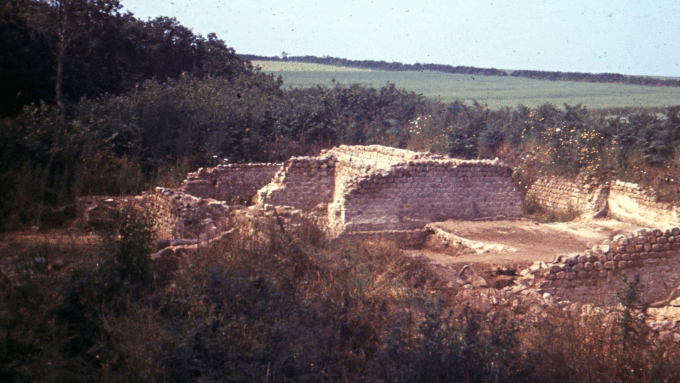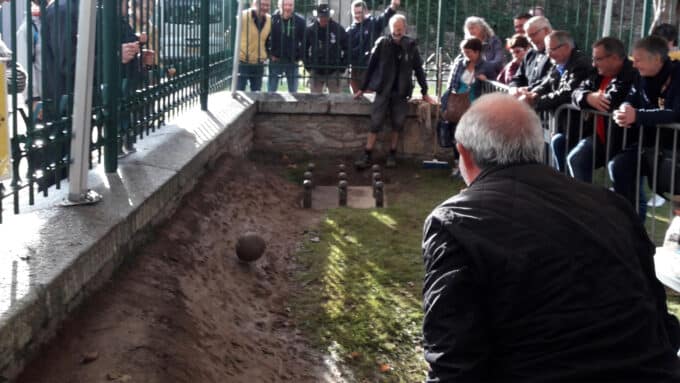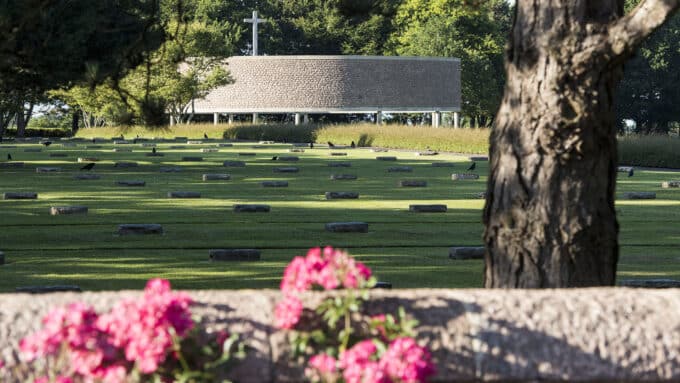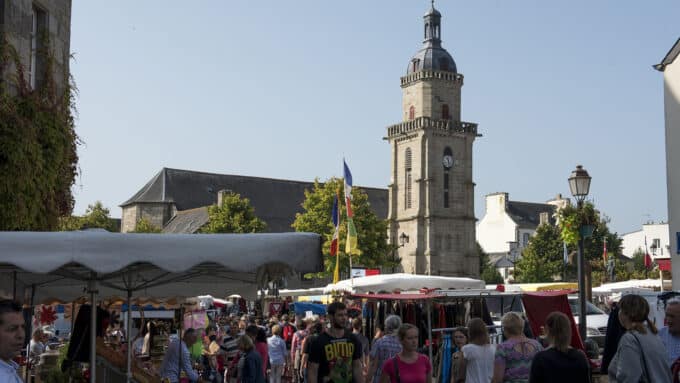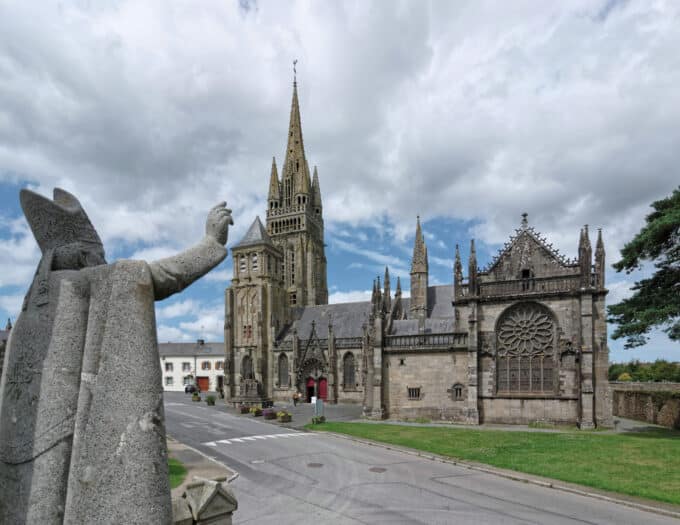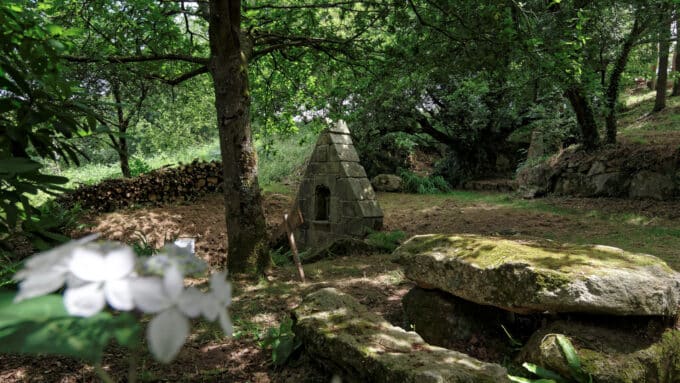A protected heritage
Here, as elsewhere in Brittany heritage is omnipresent. It can be a megalith in the middle of a field of wheat or a sacred fountain by the side of a road, as well as more imposing buildings. What they all have in common several centuries of history and forge the personality of today's towns and cities. Discover the heritage treasures of the Côte des Légendes!
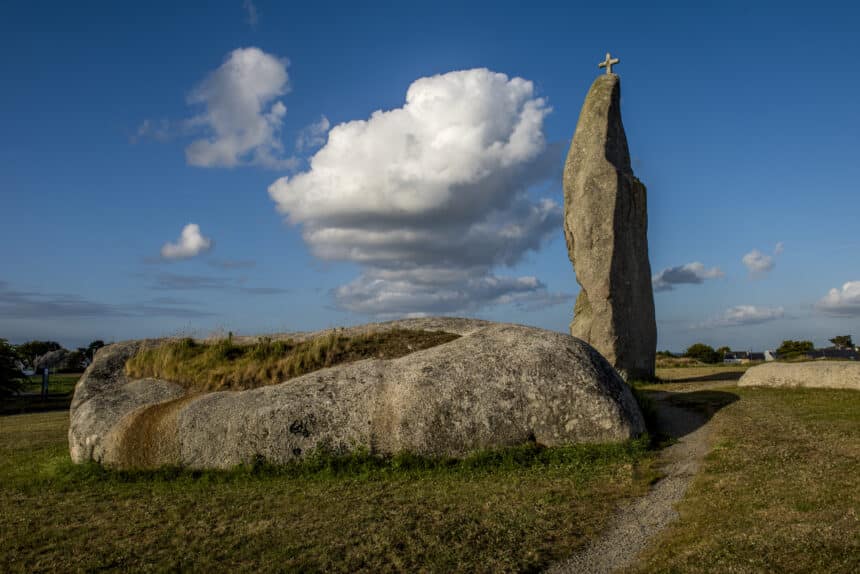
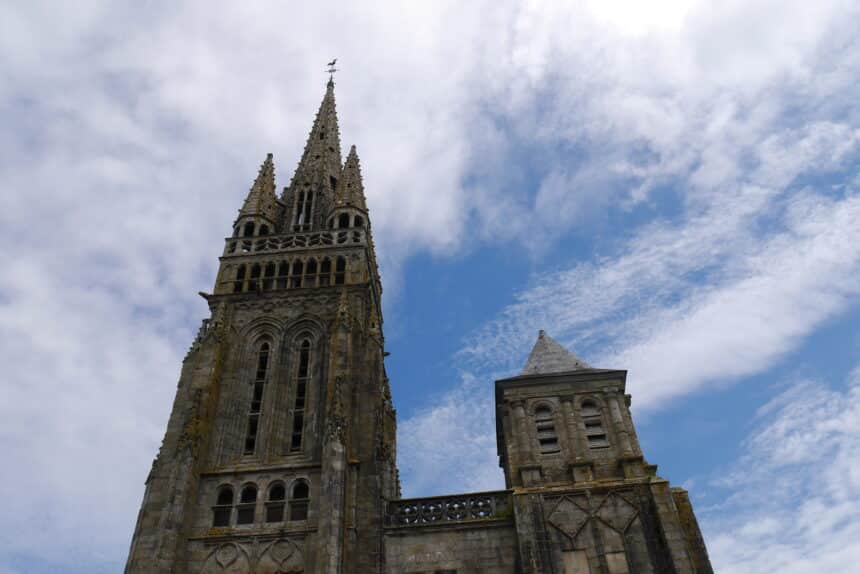
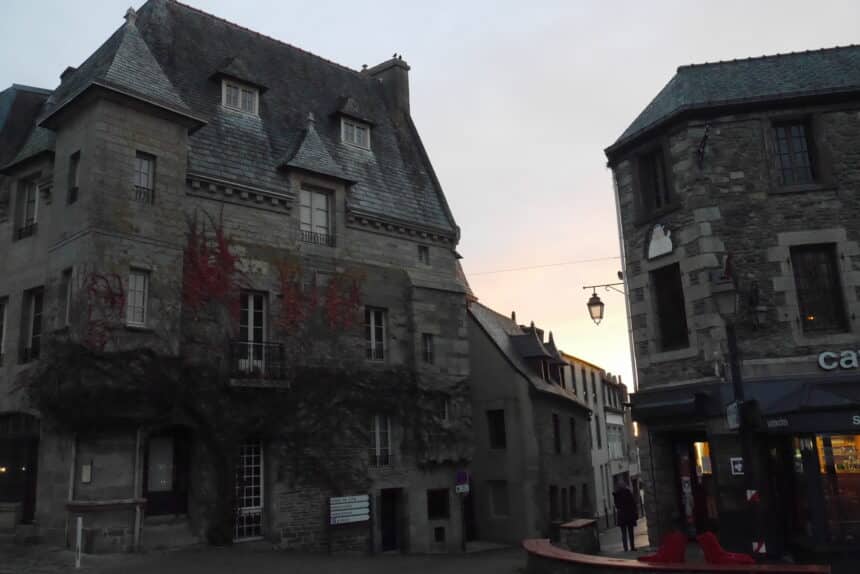
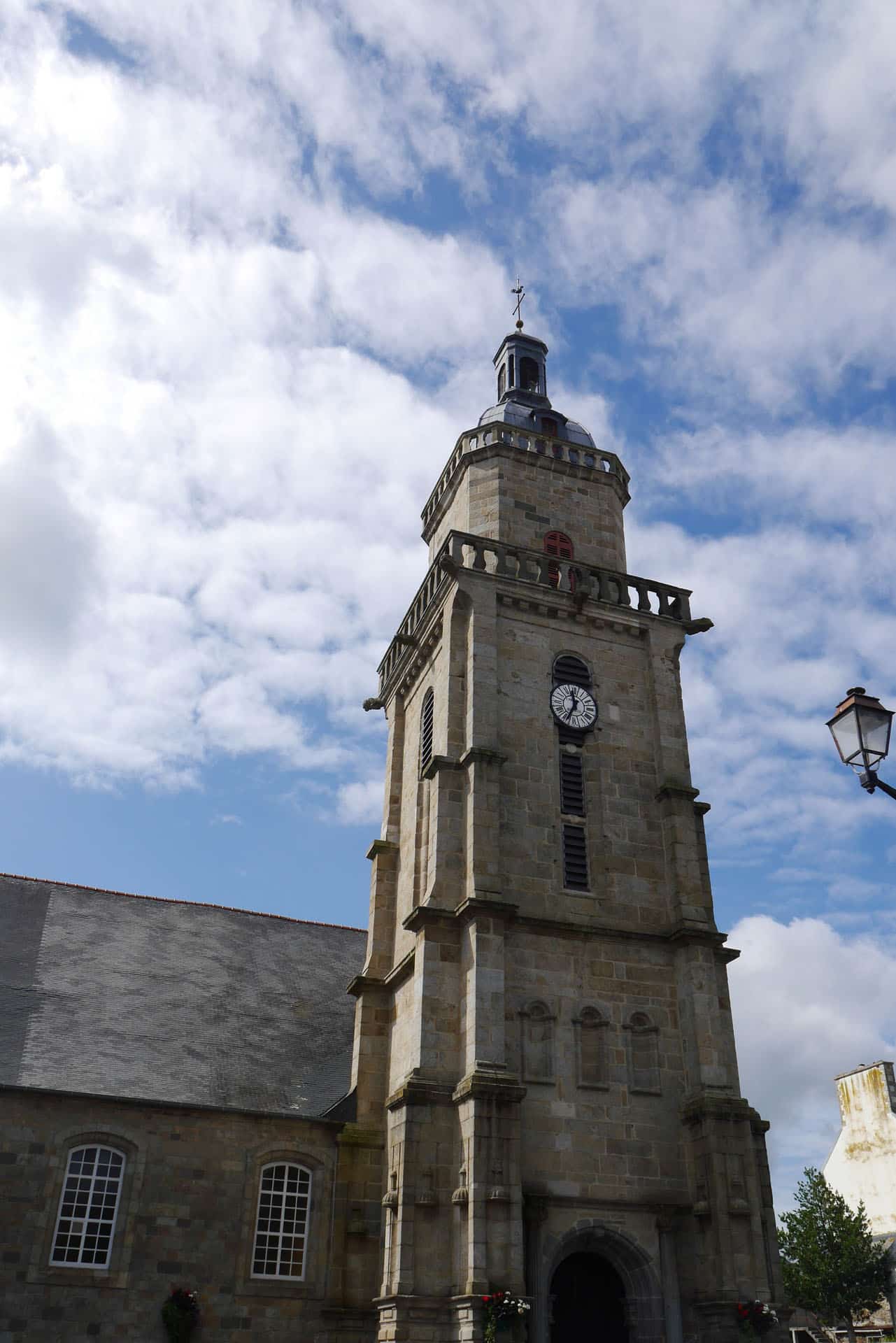
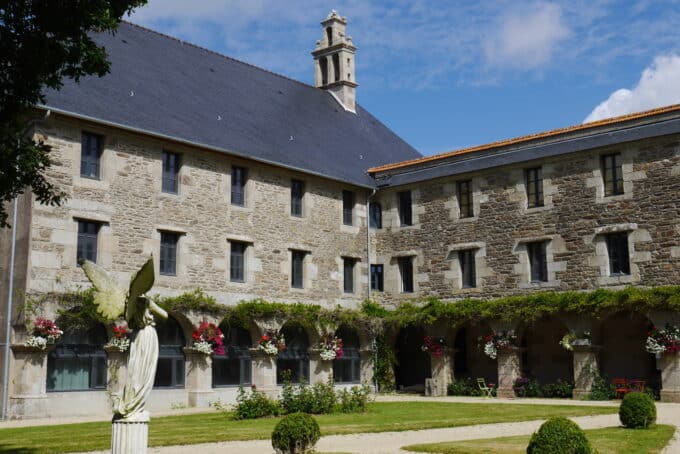
Discover Lesneven and its heritage
Lesneven is a small town of 7,000 inhabitants where life is good. You can come to Lesneven for its large Monday morning market or for a shopping spree. shopping spree in its independent shops. But Lesneven is also a town of history and a heritage to discover: its granite housesits German cemetery (we recommend a guided tour!) or the Ursulines conventfounded in 1720, which houses the tourist office. Discover the Musée du Léon, which will tell you all you need to know about this little piece of land with its thousand-year-old history.
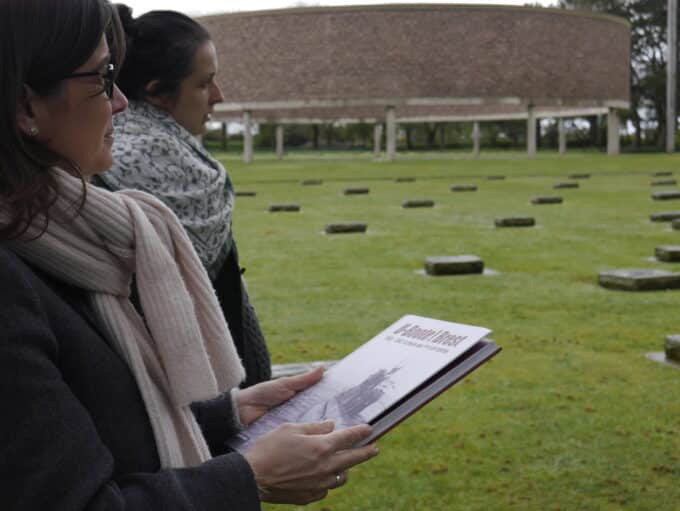
The right idea
Visiting Lesneven with the family? Take the interactive "Play with Léon" tour on your smartphone!
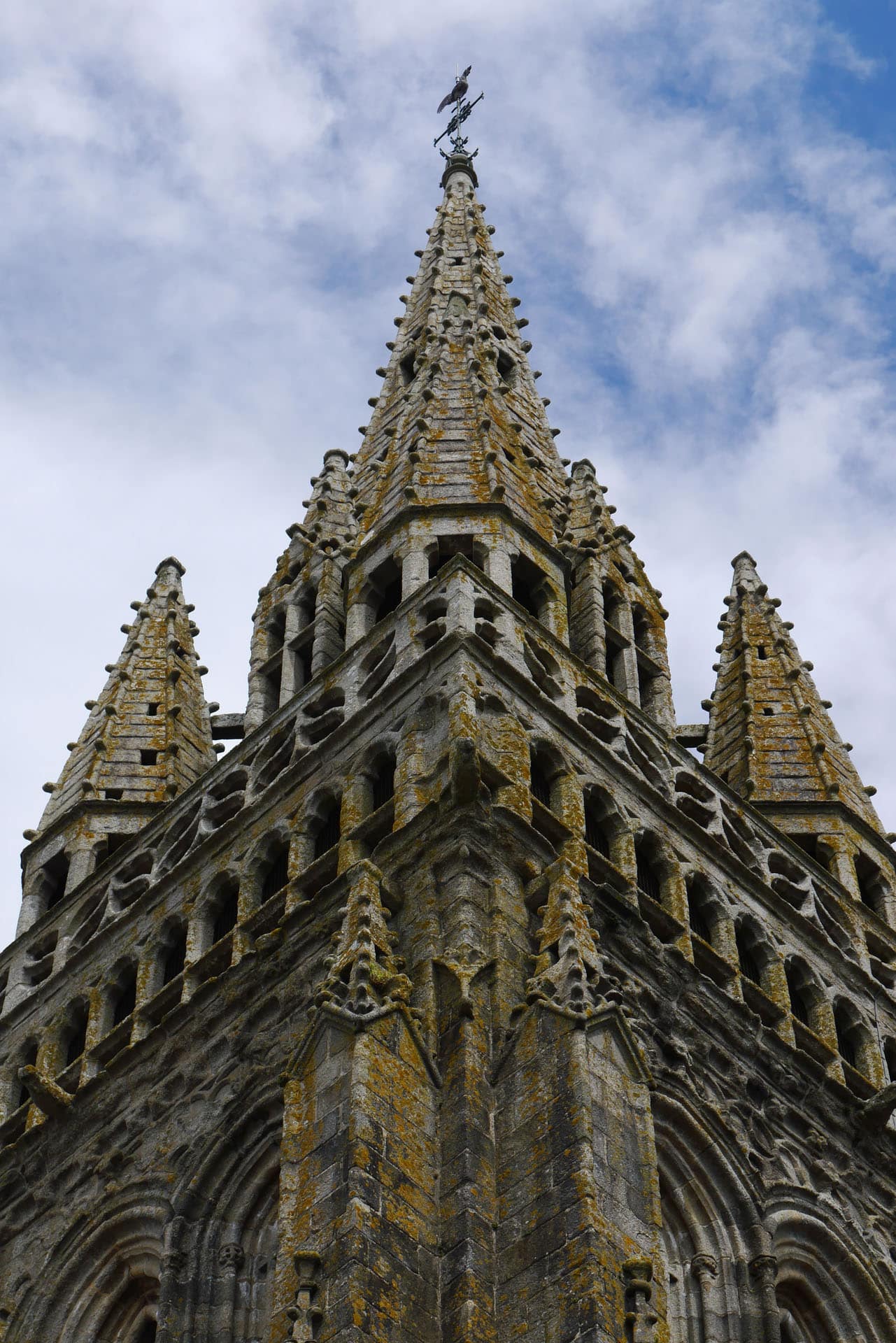
Visit Le Folgoët and its basilica
An essential part of the Côte des Légendes heritage, the basilica of Folgoët built in 1453, is a place of pilgrimage and a stage on the Tro Breiz pilgrimage route. Every year in early September, 20,000 pilgrims flock here! Go there for its architecture, dragon sculptures, carved stone rood screen and depiction of Joan of Arc listening.
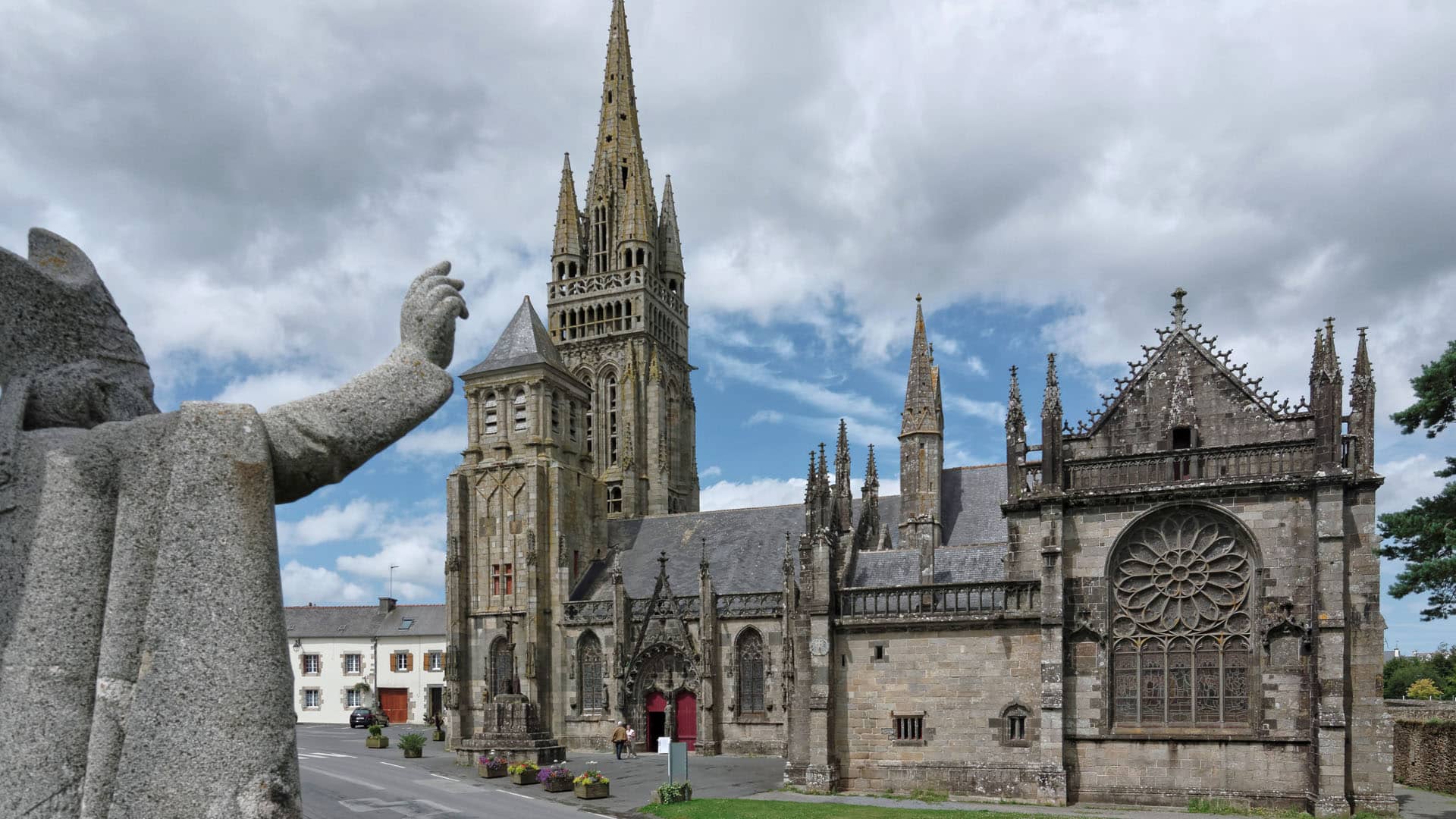
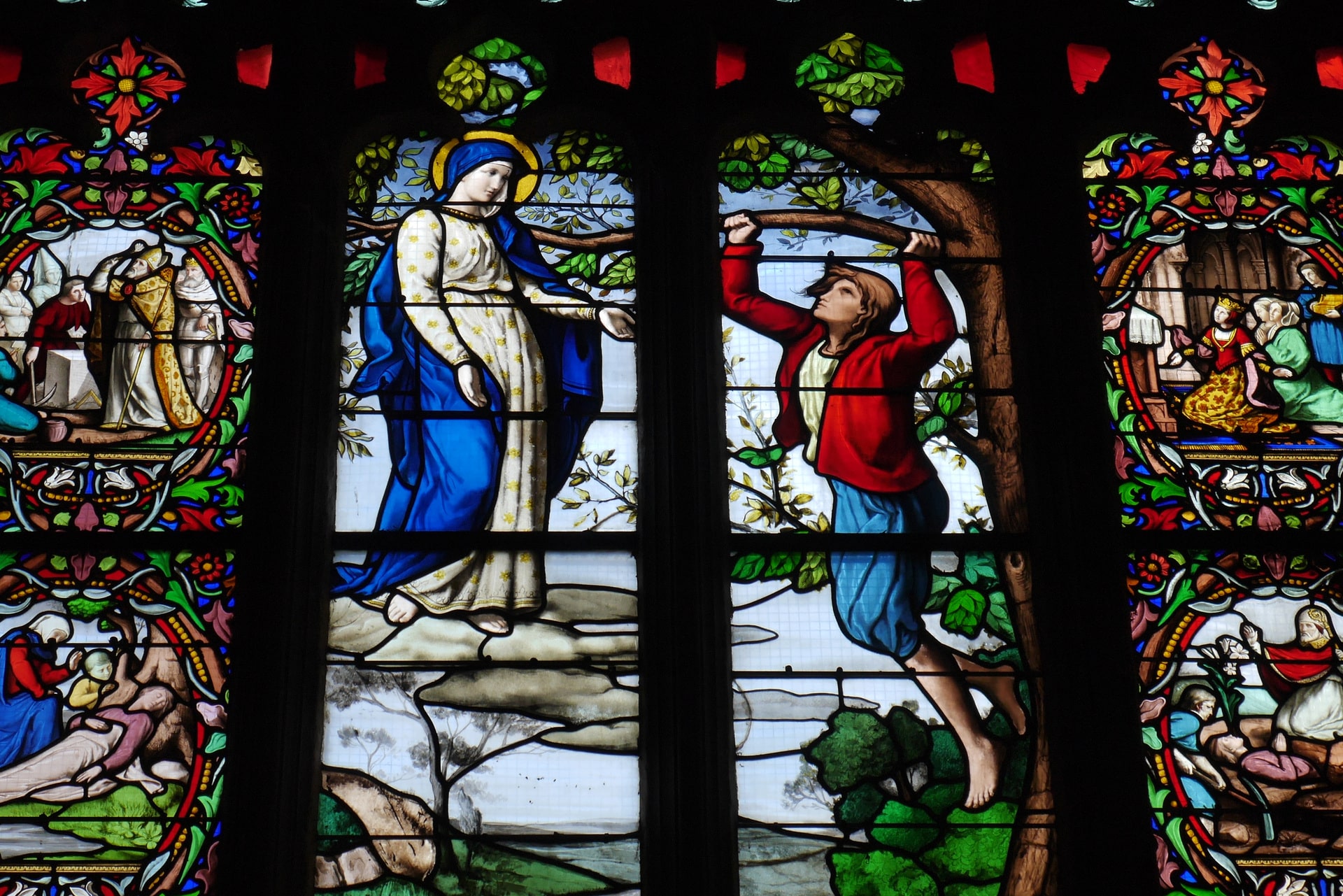
Do you know the legend of Salaün ar Foll? Visit "Fool of Folgoët lived in a hollow tree and, all his life, was said to have kept repeating "Avé Maria". On his deathbed, a lily bearing this inscription is said to have grown. The basilica's stained-glass windows retrace the epic tale of a simple man who managed to attract some of the world's greats to the Folgoët, from Anne de Bretagne to François I!
To pronounce the town's name like the locals, say "Le Folgoat"!
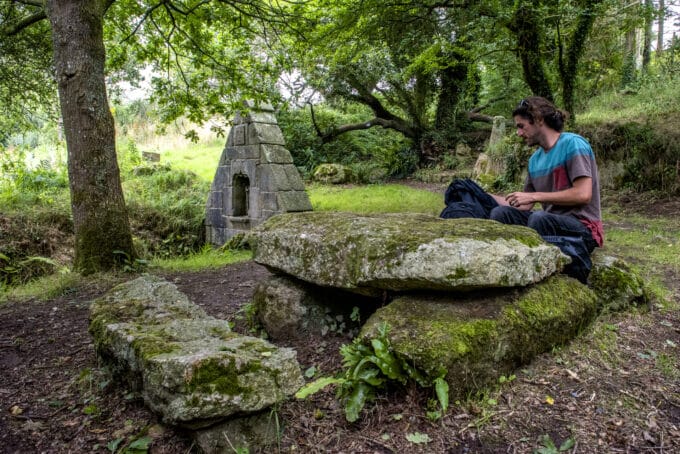
The power of fountains
In Brittany miraculous fountains have always played an important role in the religious life of the inhabitants. Each one was known for its power over a specific ailment, and it was not uncommon in days gone by to visit a fountain before consulting a doctor! Drinking the water, bathing in it or soaking the sick person's clothes in it, rubbing the belly in it... Each fountain was associated with a rite that had to be followed precisely in order to be cured.
In Côte des Légendes, Sainte-Pétronille in Ploudaniel was said to cure fever, while the water from Saint-Sauveur in Kerlouan was said to help bronchial tubes. And if you had a young child who was slow to walk, you had to take him or her to Notre Dame de la Clarté in Kernouës!
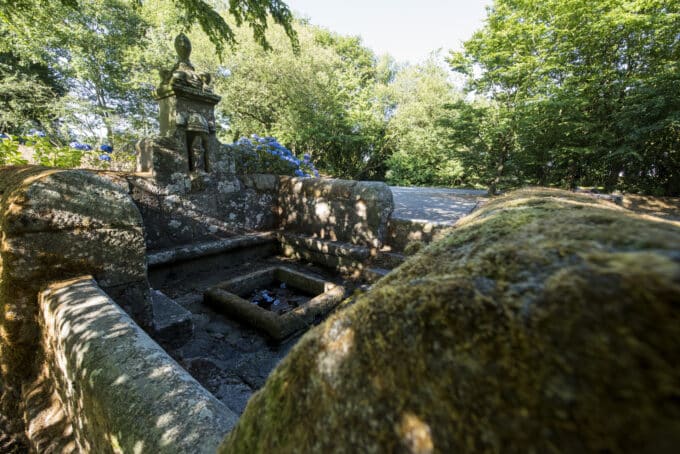
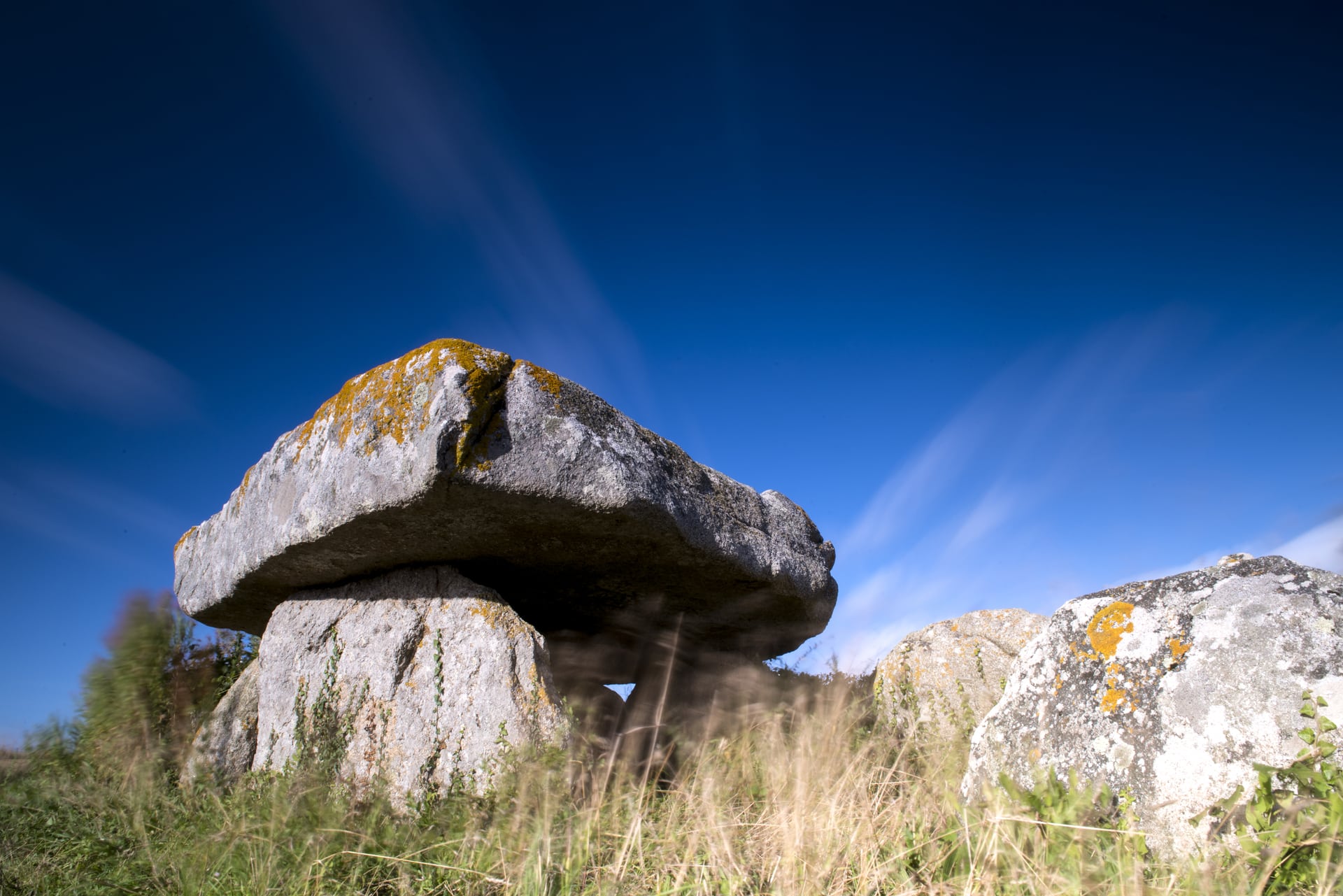
Heritage nuggets to discover on the Côte des Légendes
Discreet, sometimes hidden, heritage can also be discovered along a sunken lane, during a stroll. Nestled in the heart of a village or in a corner of greenery, wash-houses, chapels, calvaries or megaliths each has a story to tell, and sometimes a legend to go with it. During the summer, concerts and exhibitions are organized in the region's chapels. A great way to combine cultural and artistic discovery!
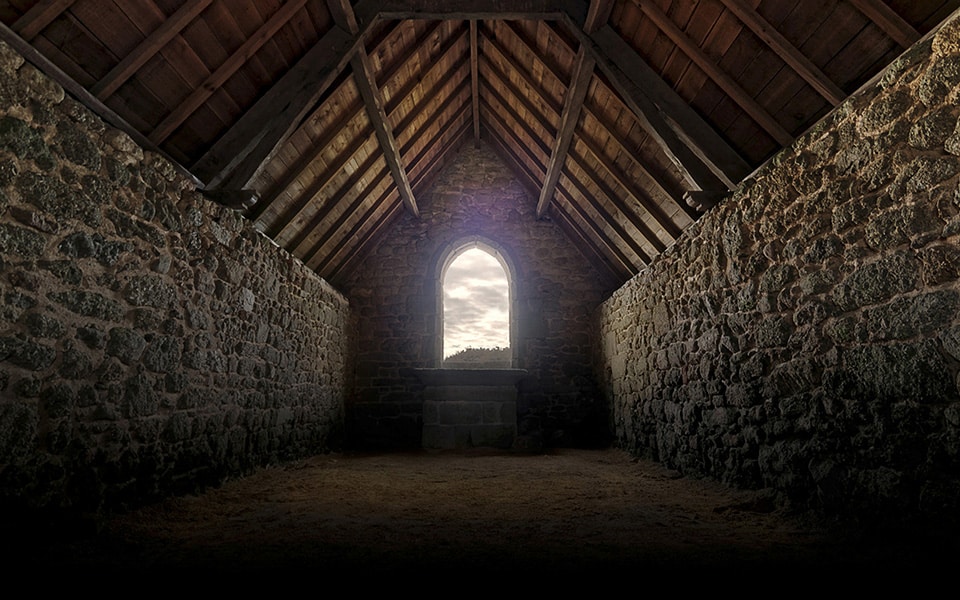
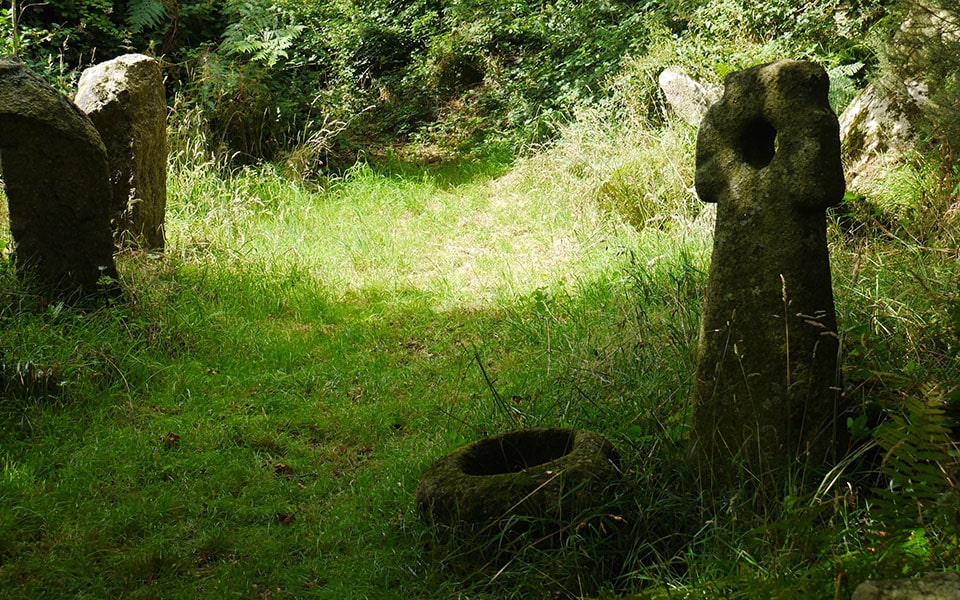
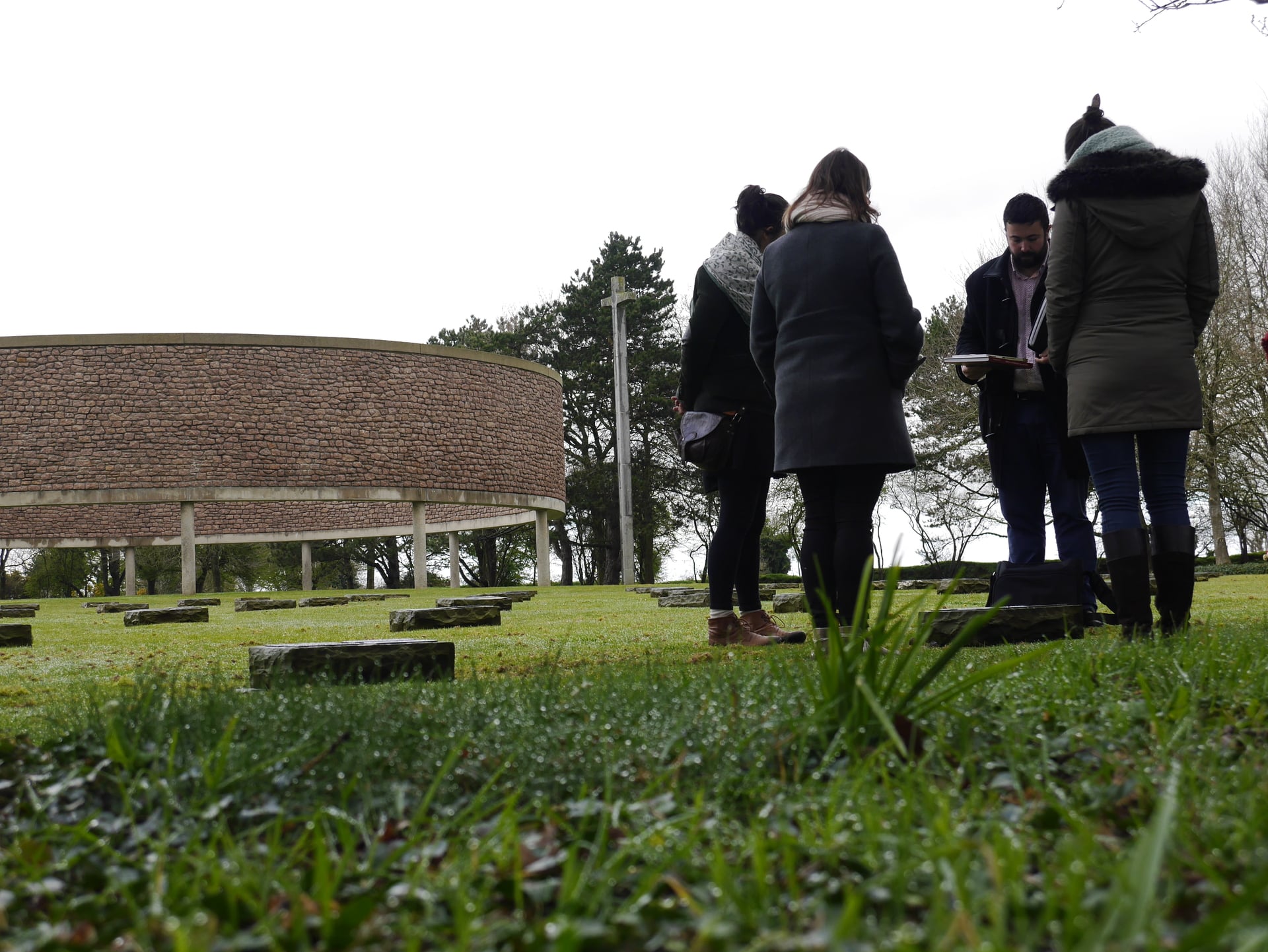
A heritage, a memory
The Côte des Légendes, like the rest of the English Channel coastline, retains traces of the Second World War. It was here, in 1944, that the Canadian destroyer HMCS Athabaskan sank in a matter of minutes, taking the lives of 128 crew members. In Ploudaniel, you can also visit the German cemetery and the Kerbiquet stele, erected in memory of the four airmen who lost their lives there in June 1940.
